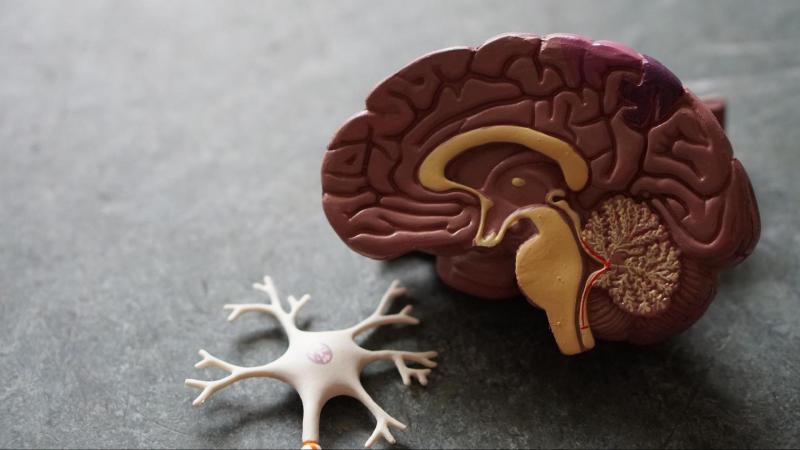
Researchers uncover the molecular events that lead up to the formation of protein clusters commonly seen in Parkinson’s disease
Parkinson’s disease is a neurological disorder in which a protein found in the nerve cells of our brain — alpha-synuclein — accumulates into fibre-like structures, resulting in loss of control over body movements, memory impairment, and stiffness of limbs. What triggers this accumulation remains a mystery and keeps many a researcher occupied.
In a recent study, published in the journal Nature Chemistry, scientists from the Indian Institute of Technology Bombay (IIT Bombay), National Centre of Biological Sciences (NCBS) Bengaluru, Anna University, Chennai and ETH, Zurich, have found that liquid-like droplets of alpha-synuclein induce the proteins to cluster into fibres. This finding can help in detecting the onset of Parkinson’s disease and finding therapies to curb it. This study was funded by the Department of Biotechnology and the Department of Science and Technology, Government of India.
“More than 10 million people are affected with Parkinson’s disease worldwide, with the numbers rapidly growing each year and no specific tests to diagnose the onset of the disease,” says Dr Samir Maji, professor at IIT Bombay and the corresponding author of this study. “The fact that no effective therapies against Parkinson’s disease are available makes the need to understand the underlying disease-causing mechanisms even more significant.”
In recent years, scientists have discovered that components of our cells split up into pockets to carry out their functions. Interestingly, these pockets are not separated by membranes and look like blobs of immiscible liquids, formed of a concentrated gathering of proteins. The lack of physical barriers allows them to exchange their components freely. Such ‘membrane-less’ compartmentalization can also give rise to diseases.
In the current study, the researchers have shown that molecules of alpha-synuclein protein separate into distinct liquid phases which can interact easily. This paves the way for their aggregation.
“Liquid-liquid phase separation and its link with alpha-synuclein aggregation is an important discovery as it adds a new perspective to investigate the aggregated protein formation and its ultimate role in Parkinson's Disease,” explains Prof Maji.
But, alpha-synuclein does not spontaneously divide into phases. The researchers found that when they added polyethylene glycol — a biocompatible and non-toxic polymer — to a solution of alpha-synuclein, the protein molecules underwent phase separation. The individual protein chains formed small liquid droplets, which gradually grew bigger over time. In twenty days, they transitioned to a solid-like state, forming an aggregated fibrous structure. The droplets changed entirely into a soft gel at the end of a month.
“The addition of polyethylene glycol helped to mimic the dense cytoplasmic environment of cells in a test tube,” says Prof Maji.
The study shows that the phase separation, droplet formation and aggregation occurs faster in the protein-polymer solution when metals like copper and iron are added or if the proteins carry genetic mutations characteristic of Parkinson’s disease. The researchers also observed that, in the presence of metal ions, alpha-synuclein droplets are formed even when the polymer was not added.
In contrast, aggregation was absent in the solution containing only alpha-synuclein. The accumulation was delayed when dopamine — a known inhibitor of Parkinson’s disease — was added to the alpha-synuclein and polymer solution.
The researchers also tested how alpha-synuclein behaved inside cells. In cells treated with metal ions of iron and copper, the protein formed droplets, then clustered and transformed into rigid aggregates outside the cell’s nucleus, thus following a consistent mechanism observed in alpha-synuclein solutions.
When asked about the implications of their findings, Prof. Maji says, “We are hopeful that our discovery will help the scientific community to have better insight regarding the early events in aggregation. It may assist in early detection as well as drug discovery against Parkinson’s disease. However, there is still a long way to go.”
This article has been run past the researchers, whose work is covered, to ensure accuracy.






